Category: Education Landscape

07.19.2023
Supreme Court Ruling on Federal Student Debt Cancellation Should Be a Wake-Up Call
Sallie Mae CEO Jon Witter penned an op-ed for The Hill that highlighted a variety of common-sense solutions to constructively address the broken federal higher education system in need of significant and lasting reform that supports students and limits overborrowing.
“If we fail to make significant structural reforms to the federal higher education system, another generation of students and families will inevitably face the same hurdles so many face today. The Supreme Court’s decision is a call for us to come together and work toward meaningful reform,” he wrote.

01.23.2023
The Sallie Mae Fund and Thurgood Marshall College Fund Announce $100,000 in Scholarships to 10 Graduate Students
Since 2021, Sallie Mae, through its charitable arm, The Sallie Mae Fund, has partnered with Thurgood Marshall College Fund to award scholarships to help students from all backgrounds access and complete higher education. The Sallie Mae Fund’s Bridging the Dream Scholarship for Graduate Students provides $10,000 to 10 deserving graduate students who plan to use their degree to advocate for social justice and support their communities.
This year’s scholarship recipients are enrolled in Historically Black Colleges and Universities, state colleges, and Ivy league universities and were selected from nearly 500 applicants. They are aspiring doctors, nurses, educators, engineers, and social workers, with diverse and unique backgrounds.
In many cases, these diverse and deserving recipients have shown tremendous resiliency and have overcome a variety of obstacles that too often can put higher education out of reach – whether it be a first-generation student or coming from marginalized communities, and in some cases, both.
Congratulations to the 2023 recipients of The Sallie Mae Fund and Thurgood Marshall College Fund Bridging the Dream Scholarship for Graduate Students!
2023 Bridging the Dream Scholarship for Graduate Students Recipients
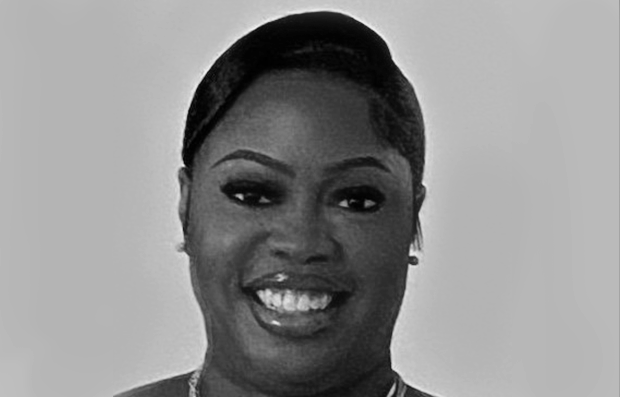
Shawnda Williams
Hometown: Apopka, FL
College: Florida A&M University
Program: Master of Public Health
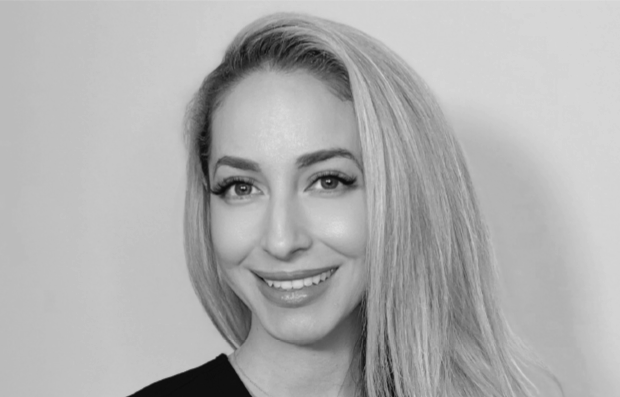
Marcela Dos Santos
Hometown: Irvine, CA
College: University of California—Irvine
Program: Doctor of Nursing Practice, FNP

Angela Ji
Hometown: Ellicott City, MD
College: James Madison University
Program: Master of Psychology

Tyreece Santana
Hometown: Bronx, NY
College: Columbia University
Program: Master of Science, Mechanical Engineering
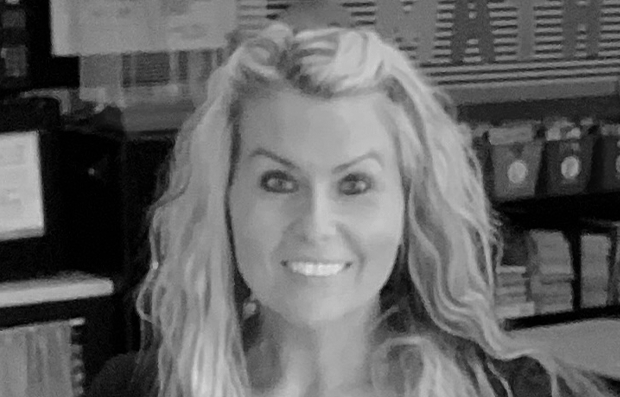
Jacqueline Pauley
Hometown: Rose Hill, VA
College: James Madison University
Program: Master of Education
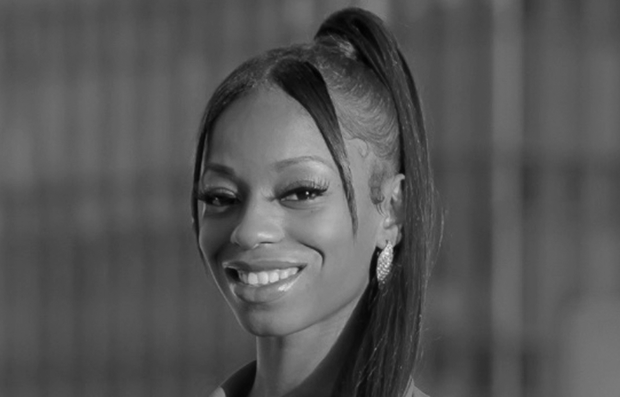
Tia Briggs
Hometown: Oklahoma City, OK
College: Langston University
Program: Master of Science, Rehabilitation
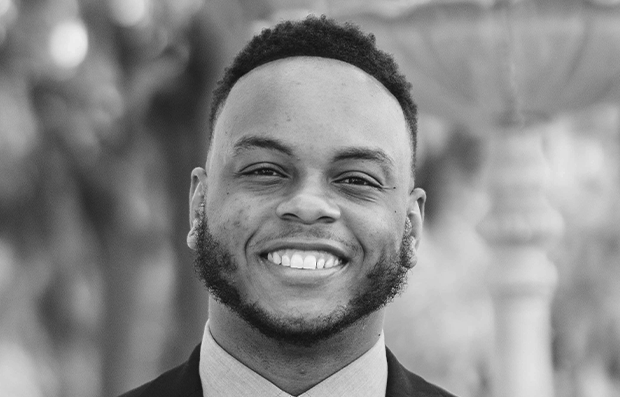
Denerick Simpson
Hometown: Doerun, GA
College: Savannah State University
Program: Master of Public Administration
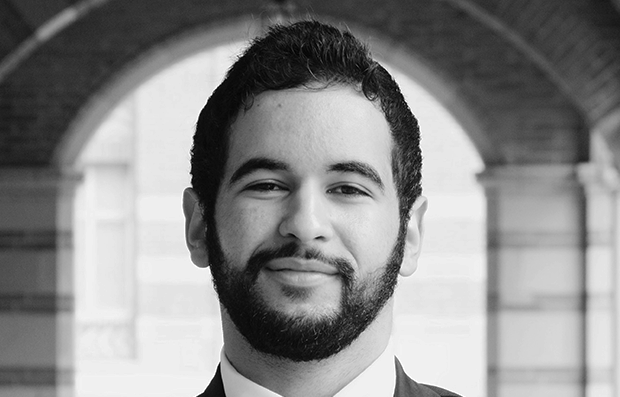
Ahmad Elhaija
Hometown: Anaheim, CA
College: UCLA, David Geffen School of Medicine
Program: M.D. Doctor of Medicine
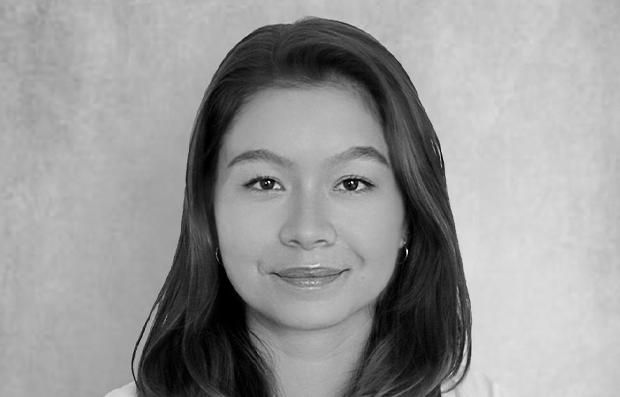
Katherine Esser
Hometown: Toledo, OH
College: College of Medicine and Life Sciences, University of Toledo
Program: Doctor of Medicine
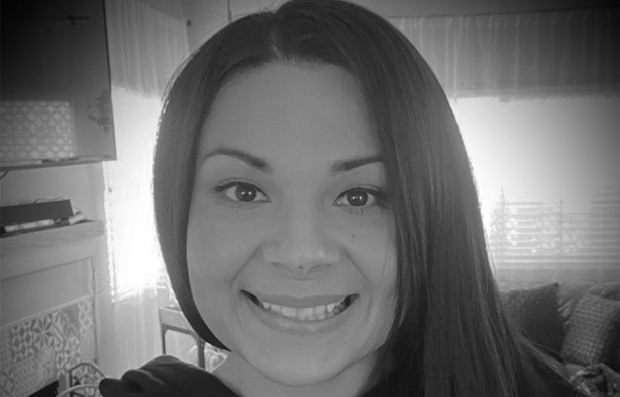
Fabiola Limon
Hometown: Santa Maria, CA
College: University of Massachusetts—Global
Program: Master of Social Work
The Bridging the Dream Scholarship Program is part of a three-year, $3 million commitment made by The Sallie Mae Fund to open doors of higher education to students from all backgrounds, including those from underserved or underrepresented communities. To date, more than 600 scholarships worth $2 million have been awarded to help students access and complete their education.
Applications for the Bridging the Dream Scholarship for High School Seniors will open on February 6, 2023.

09.16.2022
Five Things to Know About College Completion in America
In 2020, around 19.4 million students started their first year of college in the fall, according to the National Center for Education Statistics. By the end of four years, 40% of those students will earn a degree, which increases to a 60% completion rate at the six-year mark.
To better understand college completion, Sallie Mae® and Ipsos conducted a new research report, How America Completes College, looking at students’ journeys to college graduation, barriers to completion, and opportunities to support their success. The study compares the perceptions of higher education among Completers (young adults ages 18 to 30 who have completed a 2 or 4-year degree) and Non-Completers (young adults ages 18 to 30 who started a 2 or 4-year degree but withdrew before completing the program).
Five findings from the research include:
1. First-Generation Students Need More Support
Nearly 70% of Completers have at least one parent who graduated from college, compared to 51% of Non-Completers. This suggests that for first-generation students, degree completion rates tend to be lower.
Previous research has also shown less than one-third of first-generation students plan to submit the FAFSA (Free Application for Federal Student Aid), a key step to receive financial aid. This supports findings that first-generation college students require additional financial, academic and social support while completing their program.
2. Completers are Confident and Committed to Higher Education
Nearly three-quarters of Completers said they decided to attend college before reaching high school, with 60% saying they “always” knew they would go. Nine-out-of-ten Completers were confident a college would accept them, and 89% felt sure they’d graduate.
In comparison, more than half (55%) of Non-Completers decided to pursue higher education after they started high school; 34% decided to attend college during their junior year or after.
One more critical difference: Nearly 60% of Completers were confident in their family’s ability to pay for their degree.
3. Completers More Likely Had a Plan to Pay for College
Completers were more likely to prepare for college by discussing the application process with their family, taking Advanced Placement or International Baccalaureate classes, and preparing to pay for school.
Overall, 42% of Completers had a plan to pay for college education before while only 26% of Non-Completers had a plan.
Research has also underscored the connection between planning to pay for college and maximizing the choices a student has when selecting a college.
4. Completers View College as Investment
An overwhelming majority of Completers — 82% — consider a college degree an investment in their future, compared to just 58% of Non-Completers.
Moreover, 60% of Completers knew the exact career or the general field they wanted to work in when starting college.
5. Non-Completers Don’t Feel Supported
Nearly all Non-Completers – 92% — report being motivated by a parent, teacher, high school counselor or friend to go to college, but once on campus they lose that sense of support.
More than 40% of Non-Completers rated resources for academic, financial and mental health as fair or poor. This lack of support is compounded by the issues Non-Completers report, including difficulty prioritizing mental health, struggling to find the right career path or major, and financial difficulties.
These findings demonstrate the importance of talking regularly about the options for higher education— including trade and vocational schools — and options to pay for those schools.
They also highlight the need to provide financial support to first-generation college students, low-income students and those from underserved communities who are more likely to be at risk for not completing their degree or career program.
Resources should be focused on these students, so they can complete college confidently with greater access to scholarships and grants. Sallie Mae® is proud to be supporting through a scholarship program with Thurgood Marshall College Fund to help students from underserved communities access and complete college.
It’s one of the many ways Sallie Mae® is working to ensure more students achieve their dreams of earning an advanced degree.

08.18.2022
Building a Simpler, Less Burdensome College Financing System
From simplifying the FAFSA to changing the way we approach paying for college—there are pragmatic steps we can take to change the federal college financing system so future students and families aren’t taking on debt they can’t afford. Read from Sallie Mae CEO Jon Witter ways we can improve the system and break the debt cycle for generations to come.

05.19.2021
Addressing Racial Gaps in College Graduation Rates
Increasing financial support for students of color is an important first step.
Students of color are not graduating from college at the same rates as white students, and they are more likely to experience financial hardships that make it difficult to complete their degrees. In an op-ed published in The Hill, Sallie Mae® CEO, Jon Witter, and Thurgood Marshall College Fund President and CEO, Dr. Harry L. Williams, address the growing racial gap in college graduation rates and how Congress can begin to fix it.
Addressing disparities in educational attainment will require Congress to enact a number of reforms, and a good place to start is increasing financial support for Black, Hispanic, and Latino students at risk of delaying their degrees or dropping out. To that end, Sallie Mae and Thurgood Marshall College Fund launched the Completing the Dream Scholarship to support thousands of students at risk of not returning to school or graduating due to a financial situation.
“This is our nation’s moment to get this right and to invest in graduates, not just in attendance,” Witter and Williams said.
Click here to read the full op-ed in The Hill.

03.11.2021
Higher Education Financing is Complicated. Here’s How Sallie Mae is Helping Students Make Sense of it All.
Millions of students enroll in college, vocational school, or certificate programs each year, eager to learn. Before enrolling, they face a lot of decisions, including where to attend, and how to pay for it.
Wading through the details of higher education financing choices (and forms) can be confusing, especially for first time students. Navigating the FAFSA® (Free Application for Federal Student Aid) and comparing multiple financial aid offers from schools can leave many families scratching their heads, not fully aware how the decisions they make today may affect their lives tomorrow.
We get it. And it’s why Sallie Mae® has made a commitment to help students make sense of their financing options – whether or not they end up choosing to borrow from us. By helping students understand their options, we’re not only helping them make smart, thoughtful financial decisions, but also we’re powering them with confidence to achieve their goals.
Understanding Financing Helps Students Achieve Their Dreams
Helping students unlock the power of higher education begins with making it easier for families to understand the full range of financing options available before they apply for assistance and loans.
The philosophy we use to counsel these families is fairly simple:
- Start with money you won’t have to pay back. Loans should never be the first option to pay for college. In fact, they should be the last. Students should supplement college savings and income by maximizing scholarships, grants, and work-study. After all, the best money is what you won’t have to pay back. This is why we provide a free scholarship search tool with access to hundreds of scholarships for students from all backgrounds.
- Explore federal student loans. We encourage students to explore federal student loan options by completing the FAFSA. Too many families skip the FAFSA because of the complicated process, which means they’re potentially missing out on thousands of dollars in financial aid.
- Consider a responsible private student loan. Sometimes, after accounting for savings, scholarships, and grants, and federal financial aid, there’s still a gap. That’s where a responsible private student loan can make sense. Often secured with a cosigner, these loans go through underwriting to ensure customers will be able to manage them successfully. Our lending philosophy also encourages students and their families to evaluate all anticipated monthly loan payments and how much the student expects to earn in the future before considering a private student loan.
This approach is working. On average approximately 2% of our loans in repayment default annually.
When our students are able to make informed decisions about financing their higher education plans, they are empowered and more likely to achieve financial independence after school. The correlation between graduating and future success is clear and unmistakable. People with a bachelor’s degree typically earn 66% more — $1 million more over their lifetime — than those with only a high school diploma.
Tools for Everyone
Earning a degree is critical to success in today’s workforce. It’s why our financial literacy products are available for free to anyone — whether they hold Sallie Mae loans or not. From planning calculators, to estimating monthly loan payments and future costs, we want smart planning and preparation to be part of every student’s higher education experience.
We’re proud of our financial products, and we’re proud of the students and families using them to achieve their dreams. Sallie Mae isn’t just financing private student loans — we’re helping create America’s future.
FAFSA is a registered service mark of U.S. Department of Education, Federal Student Aid

